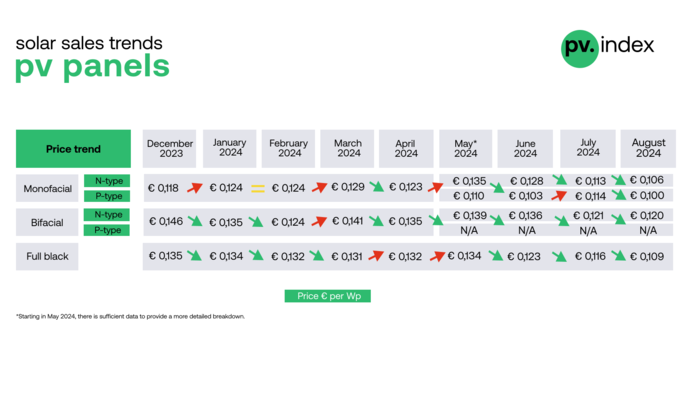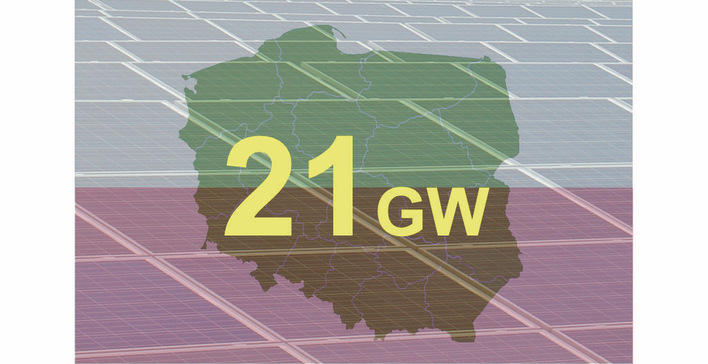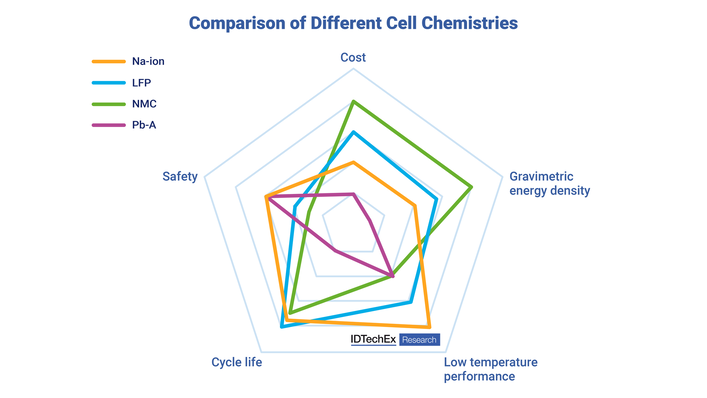The system has a modular construction, uniting lithium-ion battery storage, a battery management, a tested SolarMax TP-Series inverter and the new MaxWeb XPN energy manager. And all housed in one case.
For the inverters, customers can choose between three TP-Series devices with rated outputs of five to seven kilowatts. Thanks to their dynamic 70 percent power reduction they can control consumers to increase self-consumption. The basic storage module has a capacity of 3.6 kilowatt hours and can be extended in stages of 1.2 kilowatt hours up to 12 kilowatt hours.
DC-coupled solar battery
The DC-coupled system achieves according to the company a charging efficiency of 97 per cent, and it can be discharged in wide operating range of minus 20 to plus 60 (only valid for the inverter) degrees Celsius. For managing energy, the SolarMax has developed the new MaxWeb XPN data logger. As nodal point for remote monitoring it records current readings, yield data and events. As an energy management centre it regulates the energy flow and adjusts it to suit energy need and availability. This makes it possible to use existing resources intelligently.
All used and surrendered power is visualized, and both own consumption and electricity saved are graphically represented. The MaxWeb XPN software is self-learning: based on typical consumption and the weather forecast the data logger determines the best time to store solar power, which increases efficiency and maximizes returns. (HS)







